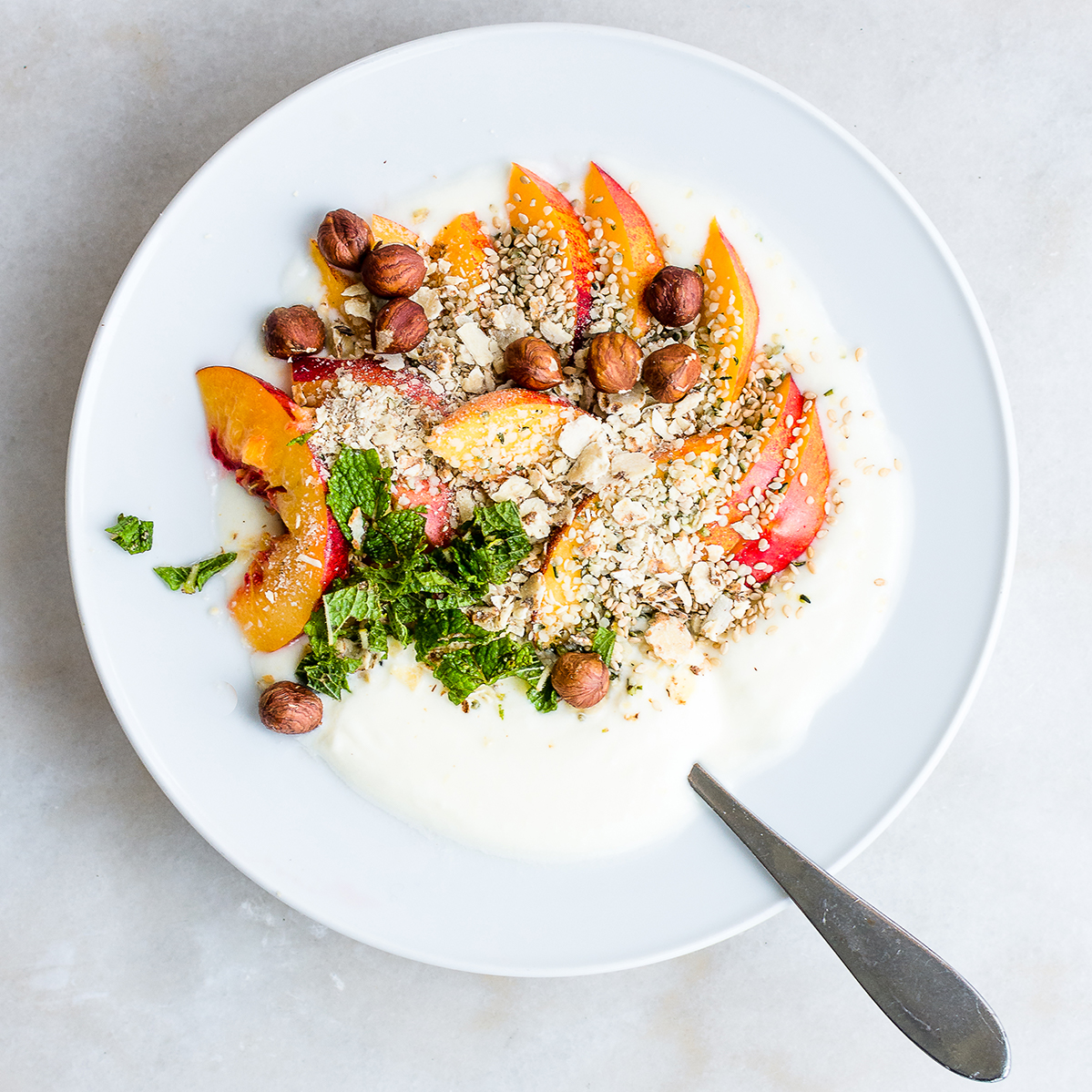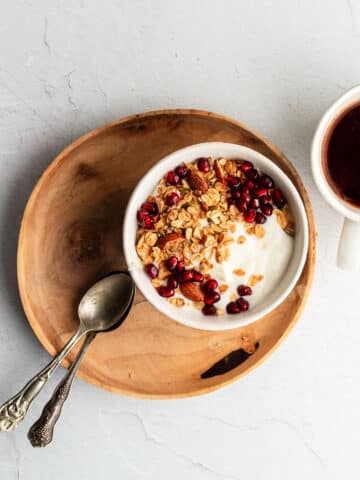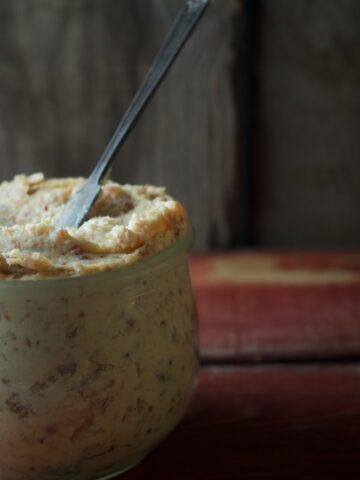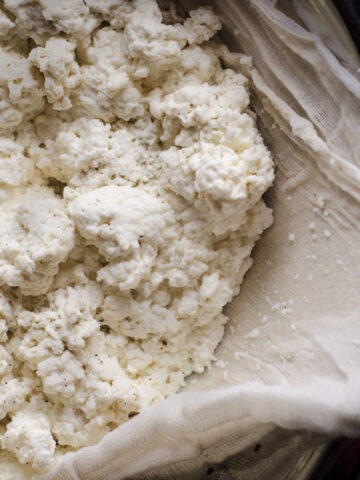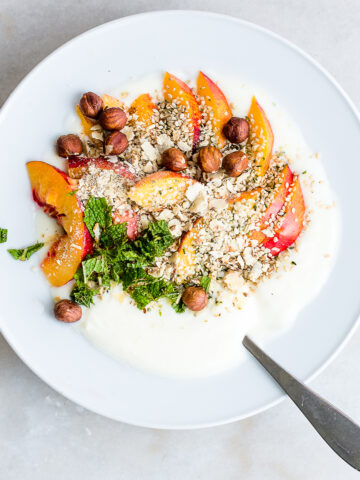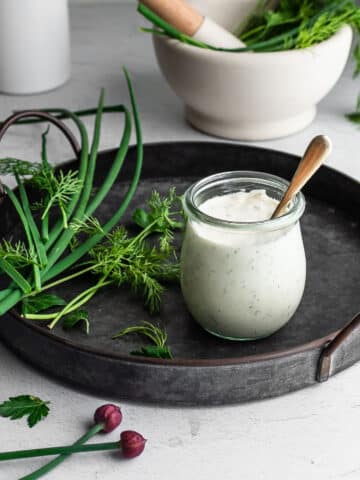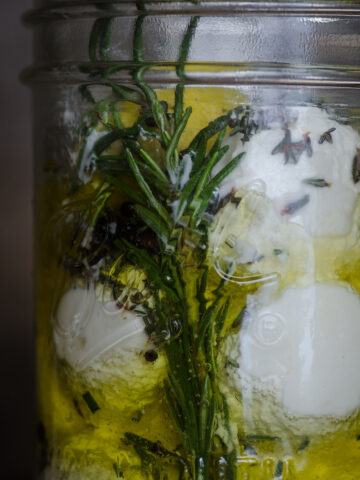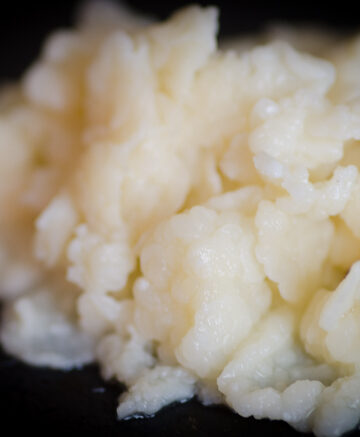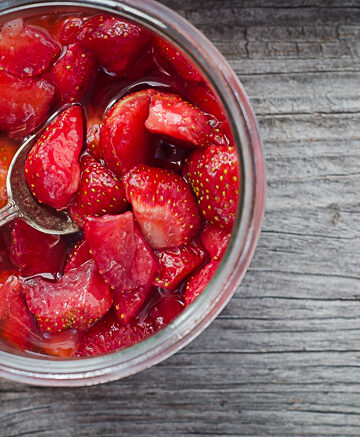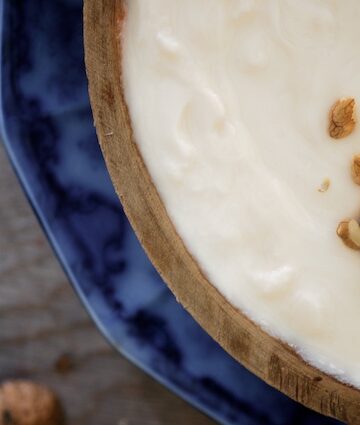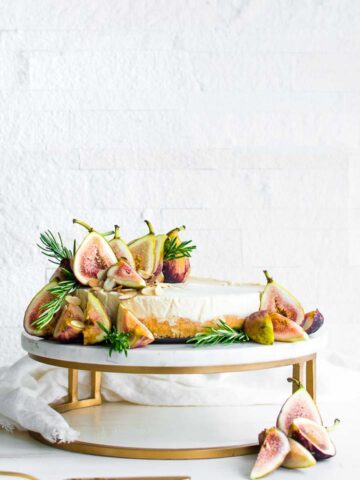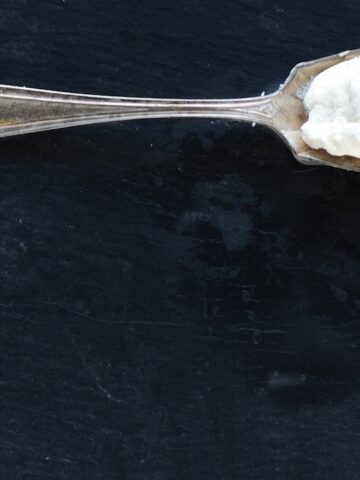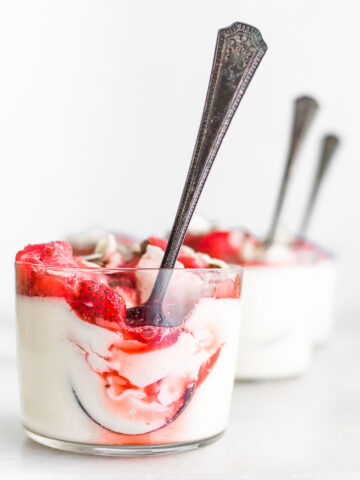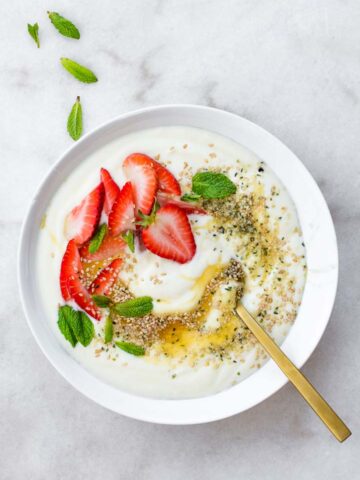Cultured Dairy and Fermented Milk
Cultured dairy foods enjoy a long and vibrant history. In every society that historically consumed dairy foods, homemade yogurt, kefir and similar foods made from fermented milk earned a much-loved and much-respected place in the human diet.
Jump to Recipes | What is it? | Benefits | Tips
This list includes modern-day favorites such as Greek yogurt, sour cream, a variety of cheeses, and also more obscure cultured dairy products that are less easy to find such as bonny clabber, filmjolk, and blaand.
Their honored place at the table is rightly deserved, too. While culturing milk and cream inevitably offered the practical benefit of enabling dairy foods to last longer; it also enhanced their nutrient profile.
What is it?
Cultured dairy is any food made by introducing live bacteria into fresh milk. As dairy ferments, beneficial bacteria release lactic acid, creating an acidic environment that helps to preserve the milk. This is why cultured dairy products taste sour.
In essence, good bacteria convert the naturally occurring milk sugar (lactose) into acid. That process not only changes the flavor of the milk, but it also improves its nutritional profile and helps to preserve it for long-term storage.
This fermentation process is what converts milk into fresh cheese, drinkable yogurt, and other cultured dairy foods. It's also the reason yogurt and cheese have a longer shelf life than the cartons of milk you buy at the grocery store or from your local dairy.
Historically, dairying people who relied heavily on milk needed a way to preserve it during the winter months when fresh milk wasn't accessible. Fermenting milk offered the perfect solution to preserve the food
Is it good for you?
That lactic acid is what makes cultured dairy products taste sour. And it's those lactic acid bacteria (lactobacillus) that are also responsible for so many of fermented milk's health benefits.
They're also the same kind of bacteria you find in other fermented food. This same class of beneficial bacteria turns cabbage into sauerkraut or cucumbers into sour pickles.
The live cultures convert the naturally occurring sugar in food into beneficial acids. In addition, they also release B vitamins during this process. That's why milk kefir and yogurt tend to be lower in sugar and often higher in some B vitamins than fresh milk. It's also why many people who are lactose intolerant can tolerate small amounts of hard cheeses or fermented dairy products.
When using grass-fed milk, it's also a good source of healthy fats such as conjugated linoleic acid as well as true, preformed vitamin A and vitamin K.
Yogurt and similar foods are rich sources of probiotics, and researchers consider cultured milk to be a functional food. That means that it conveys more health benefits than nutrition alone.
Indeed, clinical studies have found that yogurt consumption supports the immune system, weight loss, and better metabolic health. It also appears to have a therapeutic effect on digestion, by helping to support and diversify gut microbiota.
How to Culture Dairy and Ferment Milk
To make fermented dairy foods, you'll need two basic ingredients. Milk and a source of beneficial bacteria. That's it.
You can use any type of milk. Whole, low-fat, and even skim milk work for most fermented milk products. Avoid using plant-based milks, such as coconut milk.
Plant-based milks lack the amino acids and protein structure you'll find in regular milk. In absence of milk proteins, plant-based milk ferments will lack structure, and so you'll need to add thickeners that you don't need when you use real milk. So, it's best to use specific recipes developed for their use.
Your Starter Culture
In addition to milk, you'll also need a source of bacteria. For most cultured dairy foods, you'll use a starter culture or mother culture. These dairy cultures contain live active bacteria, such as streptococcus thermophilus and lactobacillus bulgaricus.
This starter can come in the form of a special culture, such as kefir grains which are added to milk, strained, and then reused, or an heirloom yogurt starter from a previous batch.
For other fermented milk products, you'll depend on wild bacteria. This is the case for bonny clabber, a type of wild-fermented milk that thickens to curds as it sits. Instead of a starter, it depends on the native bacteria in raw milk to ferment correctly.
Time and Temperature
Once you've added the bacterial culture to your milk, you simply need to wait. Some forms of cultured milk depend on warm temperatures, while others benefit from culturing at room temperature.
For those foods, such as yogurt, that need warmth to culture correctly. So you'll add the starter to warm milk. While others, such as kefir, work well by adding the starter directly to cold milk and letting it ferment at room temperature. When it's done, and pleasantly sour, you'll transfer it to the fridge for cold storage.
The fermentation time varies depending on the individual recipe and which fermented milk product you're making. Yogurt, for example, typically ferments within about 4 to 6 hours while kefir can take 1 to 2 days. Most varieties of cheese will need to age much longer, but fresh cheeses such as cream cheese and chèvre have a shorter fermentation period.
Cultured Dairy Recipes
These recipes for yogurt, kefir, and other fermented dairy foods are easy to make, and you'll also have plenty of ideas about how to use them in novel ways in the kitchen. They're perfect in both sweet and savory dishes.

